In Makinohara area, many tea farmers cultivate vegetables and crops in addition to tea plants. For example, lettuce, cabbage, green onion, rice, maze, etc.
As for lettuce and cabbage, tea farmers cultivate them on paddy fields after harvest of rice.
Cultivation of lettuce and cabbage need some months in winter time, thus tea farmers making lettuce and cabbage are eager to harvest rice as early as possible in order to plant them earlier.
This demand results in the earlier planting of rice.
In Makinohara area, some paddy fields had been filled with water and rice seedlings had been planted already.
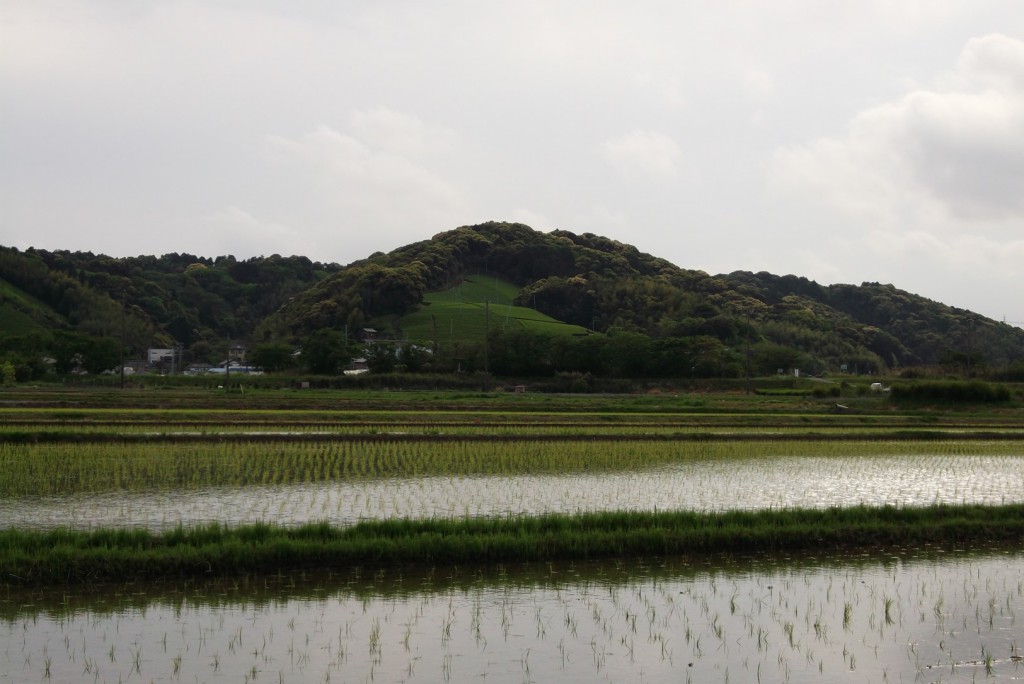
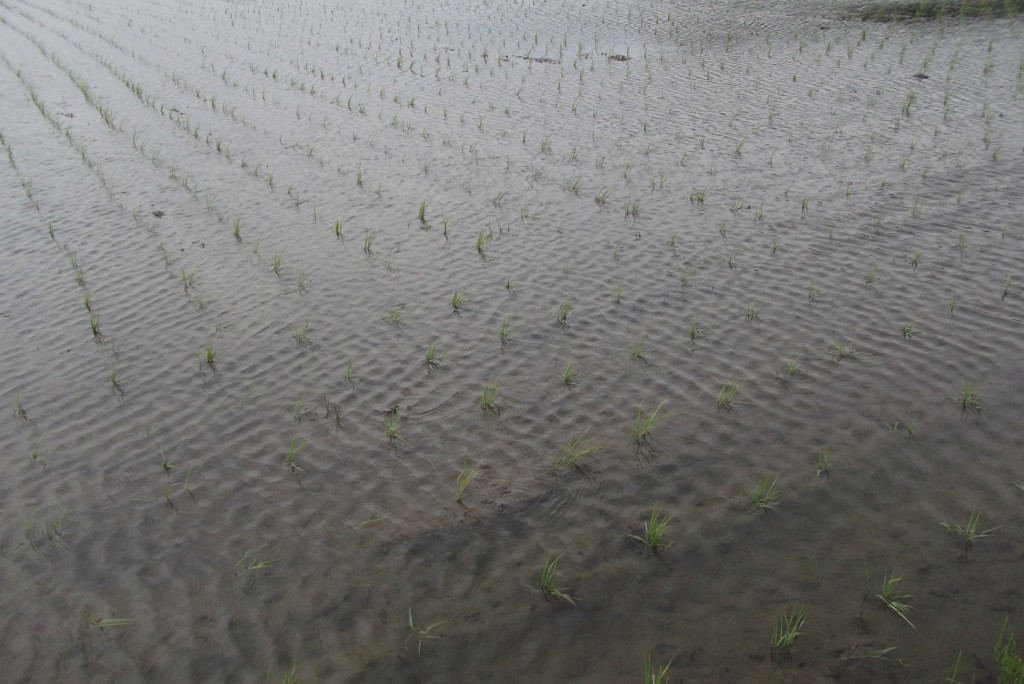
Paddy field is one of the symbol of Japanese rural area. They can create wonderful landscapes with tea plantations as follows.
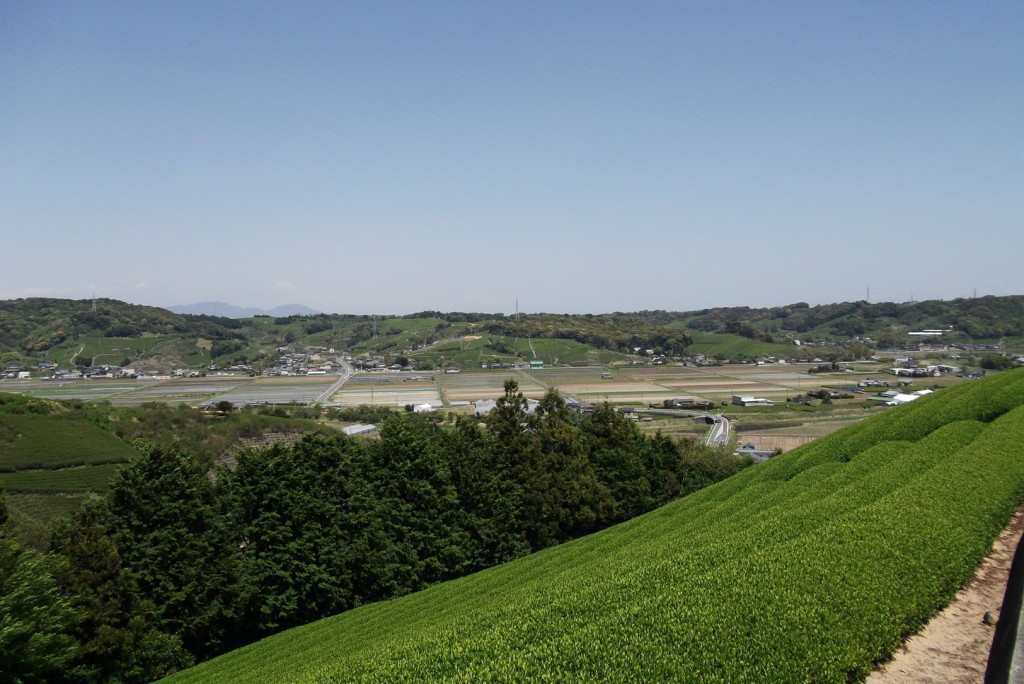
Paddy fields beyond tea plantation on the mountainside.
Water surface on paddy fields reflects tea plantations on the mountainside and sunshine.
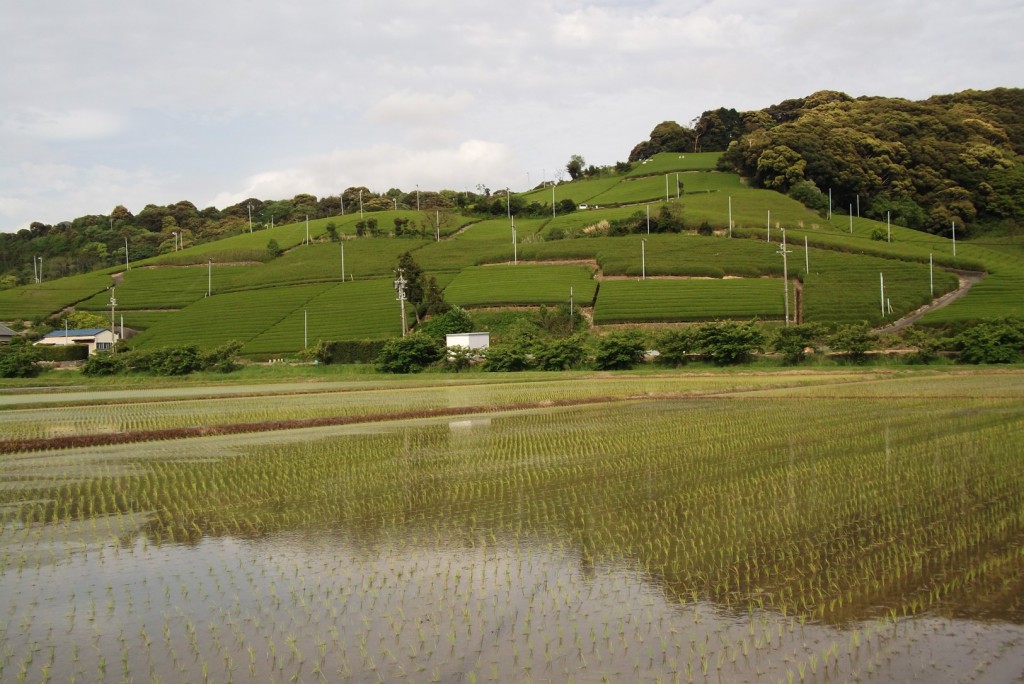
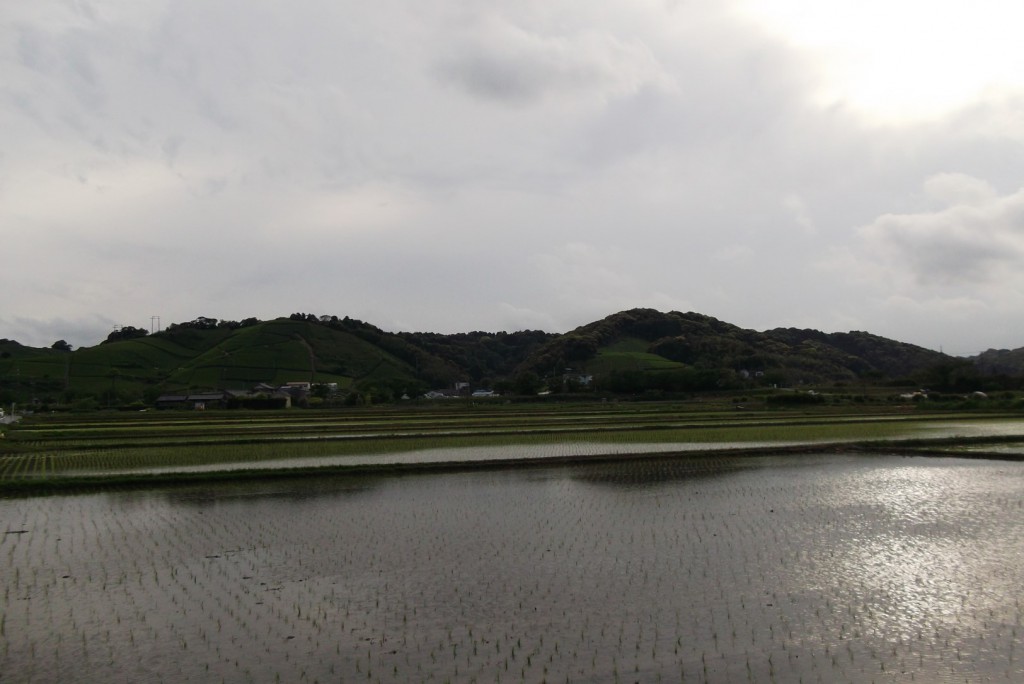
At the night, they reflect moon and illuminations.
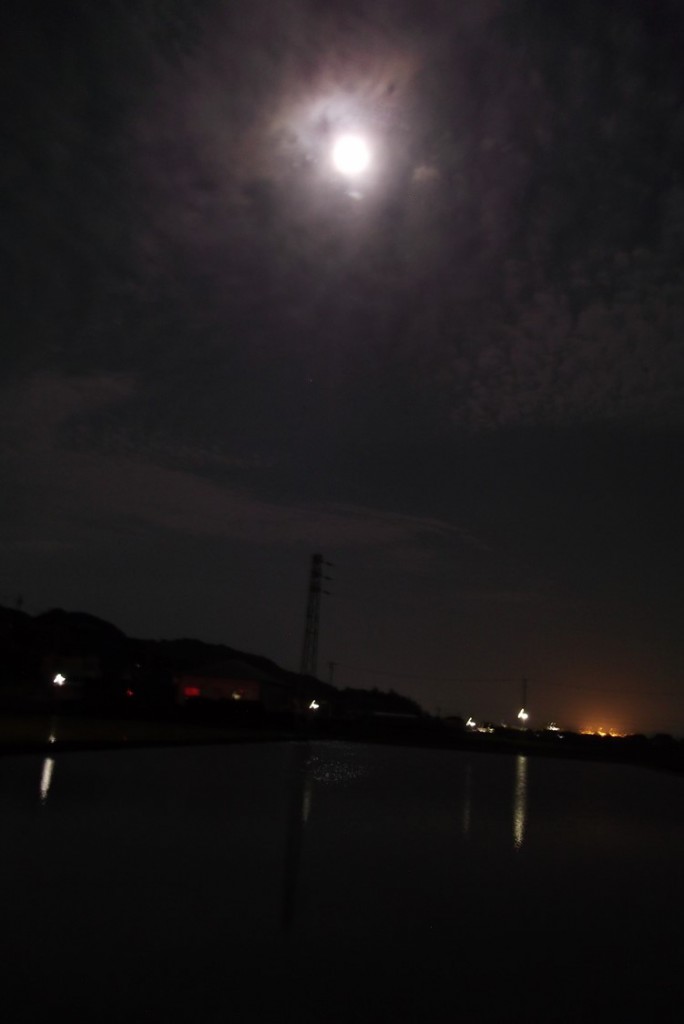
Japanese people love rice and teas. Famous and familiar collaboration of rice and tea is “Chazuke”. Chazuke is made by pouring green tea into rice crowned with some garnishes. This fast food is one of the traditional foods in Japan.
In Makinohara city, young tea farmers produced a new style of local food so-called “Makinohara Chazuke”. This is a type of regional brand. There are three requirements to be certificated as “Makinohara Chazuke”.
Using “Makinohara cha”, green tea made in Makinohara city
Using “Sagara-no-Shio”, the local salt made by the traditional manner in Sagara region.
Using “Katsuo-Bushi” made from skipjack tuna in Suruga Bay.
In some events, tea farmers serve “Makinohara Chaduke”.
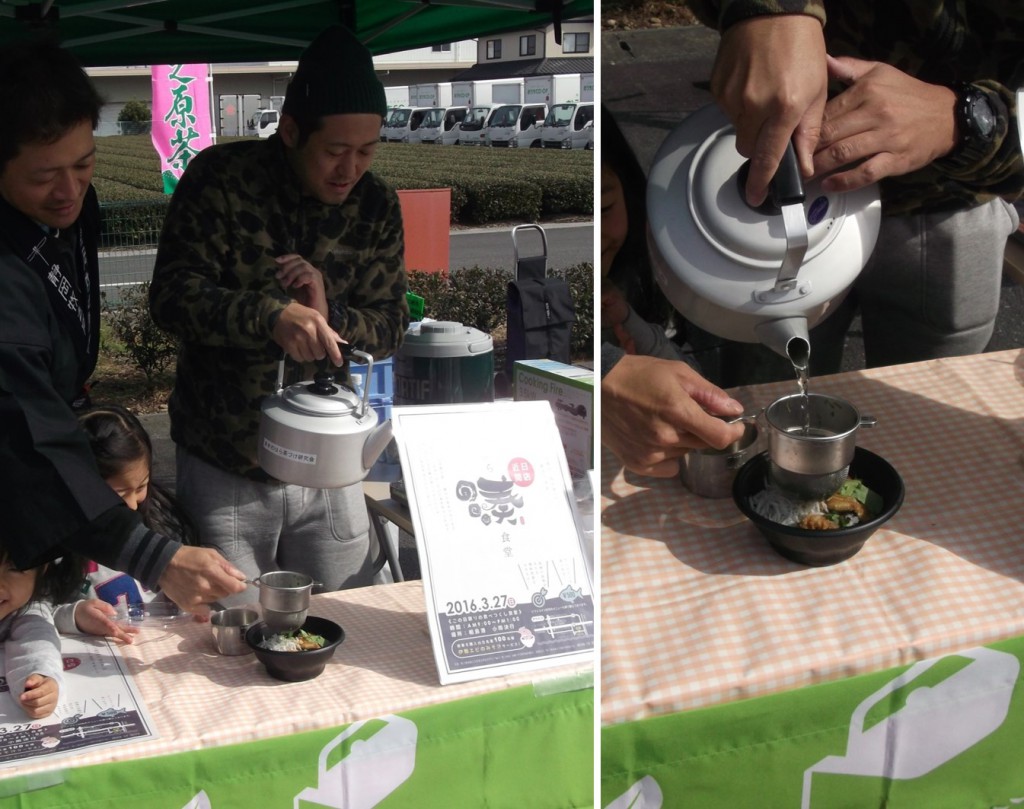
Makinohara Chazuke was prepared by tea farmers and their cute chirdlen!!
Of course, we can enjoy “Makinohara Chazuke” in some restaurants and bars in Makinohara city.
Please enjoy the synergetic taste by salt and various umami from tea and skipjack tuna flakes.
